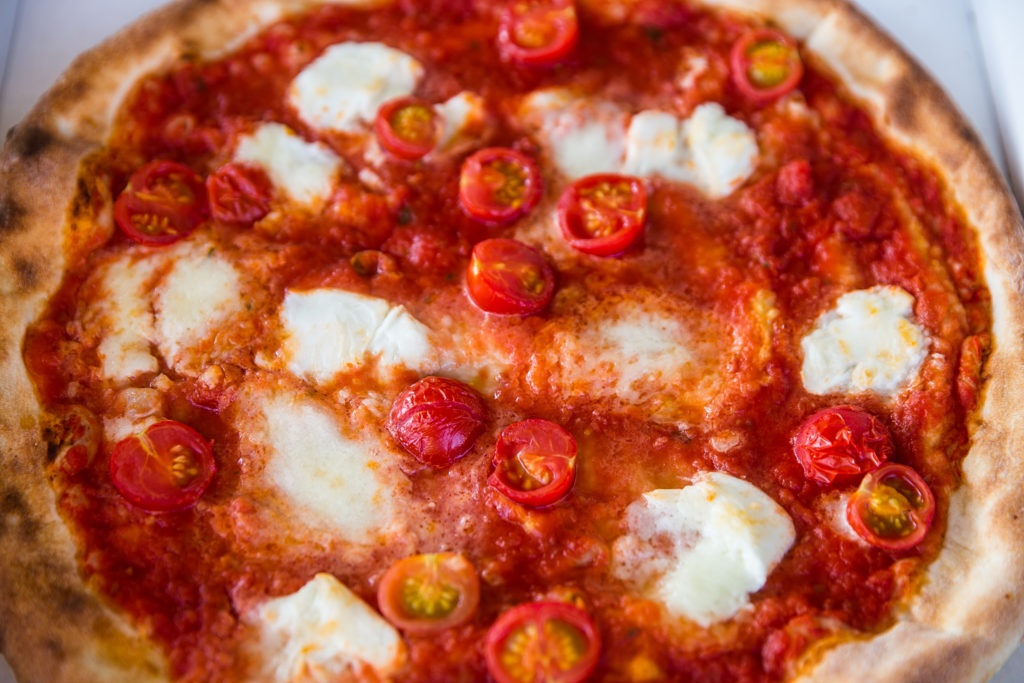TychoMonolyth
Boreal Curing
In 1980 you had 41,000 in jail.
In 2005, 80% of imprisonment was for possessing drugs (not selling it).
Today you have 500,000+
Your police have been militarized. Why in the world would police need Grenade Launchers? Defund the police? Hell ya. There's no reason in the world they need Black Hawk Helicopters.
You have no need to worry about a police state taking over. It's already there.
In 2005, 80% of imprisonment was for possessing drugs (not selling it).
Today you have 500,000+
Your police have been militarized. Why in the world would police need Grenade Launchers? Defund the police? Hell ya. There's no reason in the world they need Black Hawk Helicopters.
You have no need to worry about a police state taking over. It's already there.




